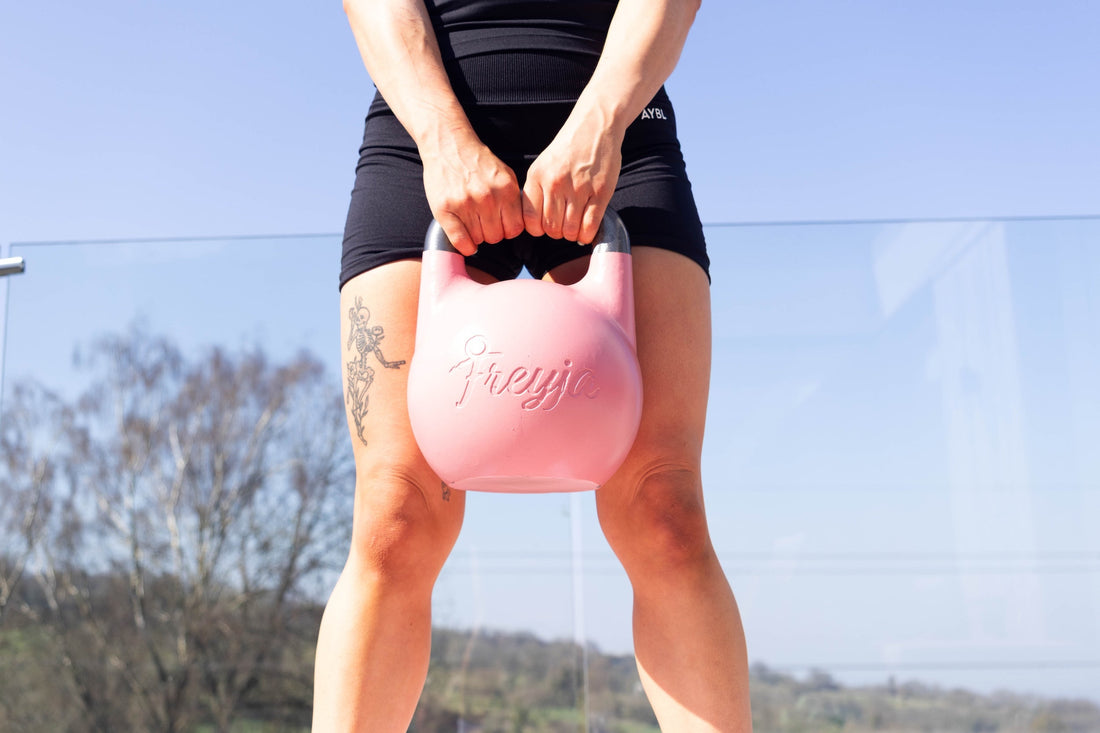
Power vs. Strength Training: What’s the Difference for Women?
Strength vs. Power: Why the Difference Matters
When most women say they want to “get stronger,” the goal sounds simple. But in fitness, strength and power aren’t the same thing. While they work hand in hand, understanding the difference between power and strength training can completely change the way you train — and the results you get.
What is Strength Training?
Strength training is all about how much force your muscles can produce, regardless of speed. Think of it as your ability to lift something heavy, whether it’s a barbell, a loaded squat, or a set of dumbbells.
Examples: heavy deadlifts, squats, bench presses
How to train: heavier weights, lower reps, slower, controlled movements
Benefits for women: boosts bone density, improves posture, prevents injury, and builds confidence
Strength is your foundation. It’s what allows you to carry shopping bags in one trip, move furniture, or hit new personal bests at the gym.
What is Power Training?
Power training is strength performed quickly — it’s force plus speed. The goal is to move explosively, firing your muscles fast and efficiently.
Examples: kettlebell swings, jump squats, box jumps, medicine ball slams
How to train: moderate weights, fewer reps, maximum speed and intent
Benefits for women: enhances agility, balance, athletic performance, and long-term mobility
Power is what helps you sprint across the road, jump with ease, or react quickly in everyday life.
Power vs. Strength: The Key Difference
- Strength = slow, heavy, controlled force
- Power = fast, explosive, athletic force
For example, a heavy deadlift is strength. A kettlebell swing is power. Both matter, and both improve how your body moves and feels.
Why Women Should Train for Both Strength and Power
Training for strength alone builds resilience, strong muscles, and confidence. Power training, on the other hand, keeps you athletic, agile, and functional.
Together, they create a balanced, capable body. Strength supports your foundation, while power keeps you dynamic — essential not just in sports, but for everyday life and healthy ageing.
How to Add Power and Strength Training into Your Routine
You don’t need separate programs — just a balance of both:
Strength day: heavy squats, deadlifts, presses (5–8 reps, slower tempo)
Power day: kettlebell swings, jump squats, medicine ball throws (8–12 reps, explosive tempo)
Even small adjustments can shift the focus. Lifting a dumbbell slowly and with control builds strength. Pressing it explosively overhead builds power.
Final Takeaway: Train Strong, Train Explosive
Strength is about how much you can lift. Power is about how fast you can move that weight. Women benefit from both — stronger bones, more confidence, better performance, and long-term mobility.
At Freyja Fit, we believe women shouldn’t have to choose between power and strength training. With the right equipment and mindset, you can build both — and feel the difference in every part of your life.
